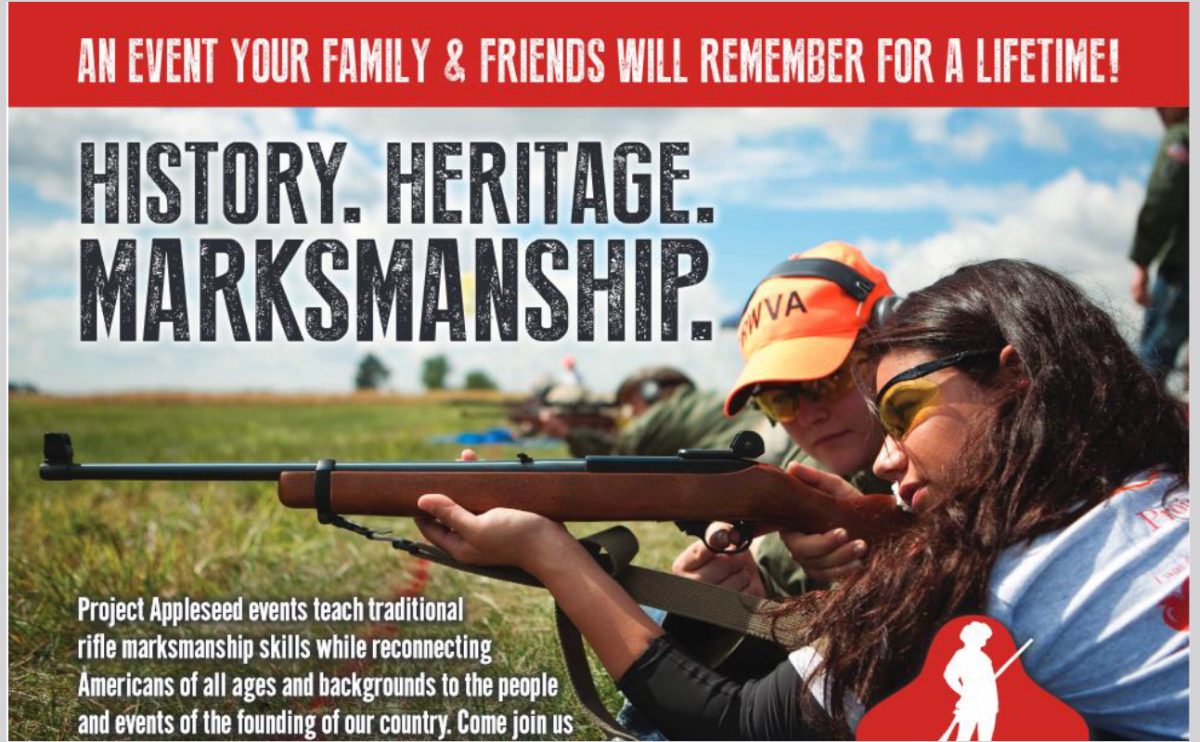For me its really simple...I carry daily and HOPE to never use it.....but should I ever have too I want to ensure that I have the highest probability possible to come out of the fight on the winning side....so I train.....often.....I don't shoot....I train....I am NOT a commando/operator/Special Task force guy. I have no LEO or military background...
while I have grown up shooting, It was during a very inopportune moment that I realized the training I needed I did NOT have....and years of shooting tin cans, paper targets, and furry critters did not help me......
I do NOT think that training should be mandated by the government...they have a great way of complicating and screwing up the simplest things...but I feel that a responsible gun owner, especially one that EDCs, would not have to be goaded into training.....
all the best.
shane
Plus its a boat load of fun....
while I have grown up shooting, It was during a very inopportune moment that I realized the training I needed I did NOT have....and years of shooting tin cans, paper targets, and furry critters did not help me......
I do NOT think that training should be mandated by the government...they have a great way of complicating and screwing up the simplest things...but I feel that a responsible gun owner, especially one that EDCs, would not have to be goaded into training.....
all the best.
shane
Plus its a boat load of fun....











